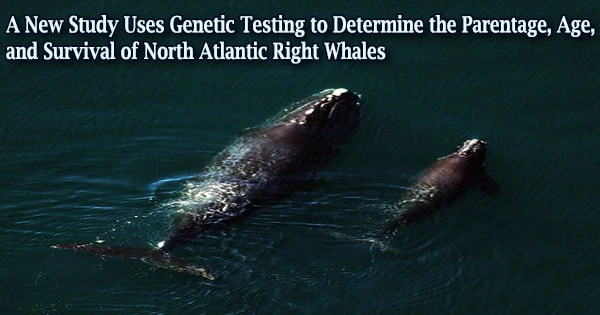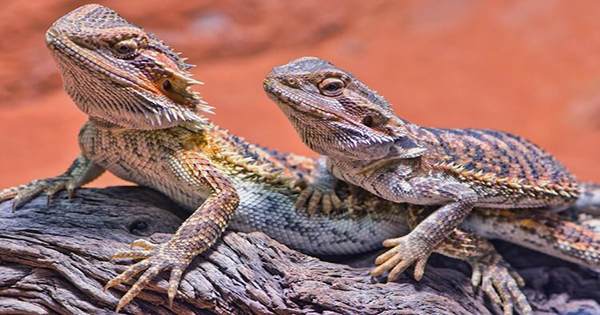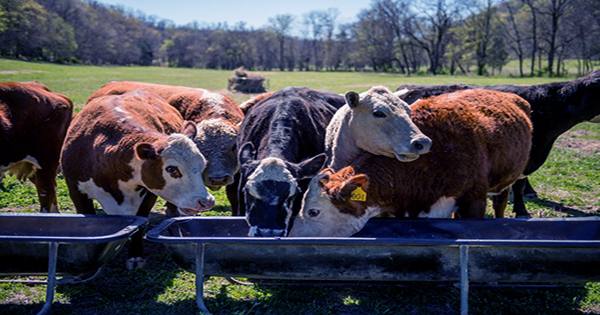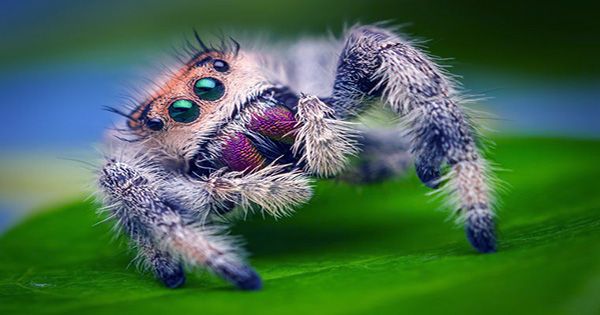A new study sponsored by the New England Aquarium sheds light on the survival, development rates, and life history of North Atlantic right whale calfs, emphasizing the value of genetic sampling for this critically endangered species.
The study, which was published in the journal Mammalian Biology, looked at every North Atlantic right whale calves born between 1988 and 2018 and classified them using DNA data and photos.
The researchers focused on 13 right whale case studies that required genetics to monitor their life histories. Scientists were able to calculate the ages of 12 whales, connect 11 of them with their birth mothers, and discover that four calves presumed to be dead had survived.
“It is often difficult to document the tremendous variation in the behavior and development exhibited by animals in the wild. The results of this study have changed what we know about the separation time between a mother and calf as well as calves’ physical development, all crucial information for a critically endangered species that numbers less than 350 individuals,” said lead author Philip Hamilton, Senior Scientist at the New England Aquarium’s Anderson Cabot Center for Ocean Life.
The North Atlantic Right Whale Catalog, a vast photo-identification database kept by experts at the Aquarium, has been used to follow the whales’ histories for 40 years. Photographs of natural marks on their heads, termed callosities, as well as scars on their bodies, can identify individual North Atlantic right whales.
Because callosities take months to mature, calves are usually identified by their close proximity to their mothers in the calving grounds off the southeast coast of the United States between December and March.
“If a calf remains with its mother until its callosity is identifiable and there are adequate photographs of the pair together, the calf can be added to the Catalog along with its known age and parentage,” said Hamilton.
“However, if the calf is separated from its mother early or is not adequately photographed, its age and parentage are unknown. That is where genetic sampling comes in.”
More than 80% of right whales that have been cataloged have been genetically sampled. Biopsies were conducted on calves born in a given year, additional whales seen in the field that had not been sampled previously, and whales that could not be identified in the field.
Genetically sampling animals early in their lives before they disperse or separate from their mothers provide an important means of individual identification at a time when photo-identification is not as reliable. All of this information is critical to help save this species from the brink of extinction.
Philip Hamilton
Photographs of right whales were taken in all months of the year across the whales’ migratory range, and all photographic data was sent to the New England Aquarium for processing.
Drs. Tim and Brenna Frasier of Saint Mary’s University in Halifax, Nova Scotia, conducted genetic analysis on the biopsy samples. These analyses have been established over several decades in order to better understand the genetics of this species as well as for use in population monitoring, such as genetic identification of individuals, linking parents and children, and examining other relatedness patterns.
“Through these collaborations, the impact of integrating the genetic and field research is much larger than just the sum of the parts, and is leading to a much richer understanding of this species than either approach could provide on its own,” Dr. Tim Frasier said.
“Because they are completely independent identification techniques, the genetic and photo-identification databases serve as excellent quality checks for each other,” Hamilton said.
Mothers have been seen without their calves at the feeding grounds for brief amounts of time as early as April, according to the research, and some calves associate with different mothers for short periods of time.
Mothers and calves are separated from each other in the feeding grounds off New England and Canada in 10 to 40% of all spring and summer sightings, according to the data. Calves were previously considered to have died if their mothers were always alone on the feeding grounds during the calf’s birth year, according to previous research.
Four calves assumed to be dead were revealed to be alive using genetics and photo identification; two of the four weaned early than the predicted 10 to 12 months.
In one case study, in May 2004, the female right whale “War” (Catalog #1812) was spotted alone in the feeding grounds off the coast of Massachusetts, raising questions about whether her young was still alive. Three years later, a biopsy sample from “Seadragon” (Catalog #3680) revealed that the calf had survived.
Another case study examined unnamed Catalog #3970, a whale born in 2009 and genetically sampled in January 2009 as a calf on the calving grounds with mother “Braces” (Catalog #3320).
Her calf and braces were last spotted in mid-February of 2009. Researchers discovered a baby whale alone on the feeding site 1,000 miles to the north four months later, in mid-June.
That whale stayed alone until it was genetically sampled in mid-September. Scientists discovered that the baby whale was Braces’ calf of the year, who had separated from his mother when he was just 7 to 8 months old, after reviewing the genetics.
To reliably capture individual life history data, the study emphasizes the significance of using both pictures and genomics from juvenile marine mammals, as well as decaying carcasses.
“Genetically sampling animals early in their lives before they disperse or separate from their mothers provide an important means of individual identification at a time when photo-identification is not as reliable,” Hamilton said. “All of this information is critical to help save this species from the brink of extinction.”
Researchers from five different organizations and agencies contributed to the study. Hamilton collaborated on the genetic samples alongside NOAA Fisheries’ Lisa Conger, the Georgia Department of Natural Resources’ Clay George, and the Florida Fish and Wildlife Research Institute’s Katharine Jackson, among others.
The DNA samples were processed by Tim Frasier and Brenna Frasier of Saint Mary’s University. The field sample activities were financed by NOAA Fisheries, with Fisheries and Oceans Canada providing recent support for the genetic study.
The genetic samples collected from right whales will be used as part of a multi-year, multi-million-dollar grant led by Saint Mary’s University and the Aquarium to quantify the impact of inbreeding on reproductive success and to identify the long-term negative consequences of non-lethal entanglements in fishing gear.
















